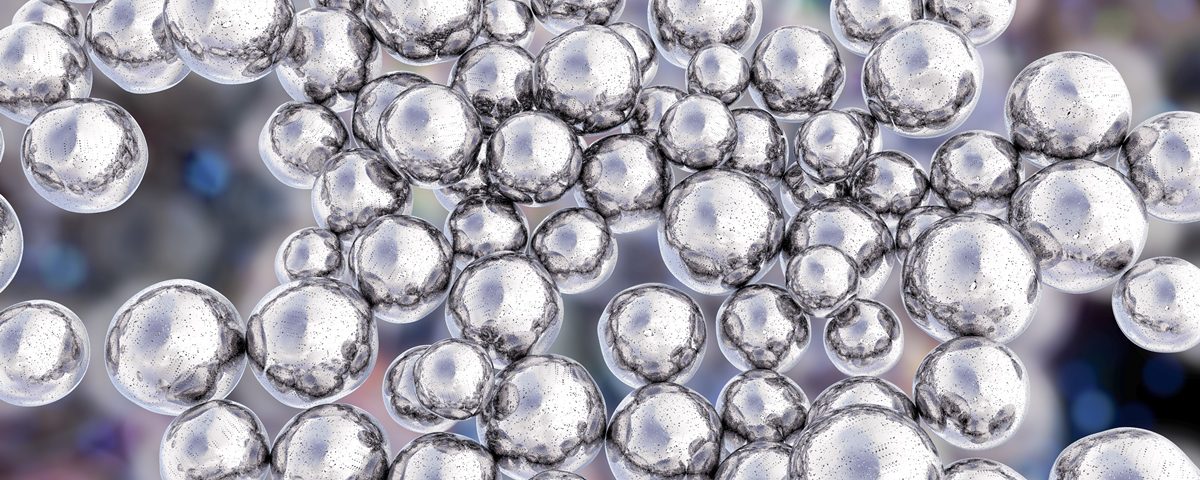CONUSBAT will once again organise the Regulatory Workshop for in-cosmetics Global, which is being held on Wednesday 5th April 2017 at the ExCel Centre, London with the topic: ‘The ever-changing regulatory landscape in Europe’.
In previewing this workshop, Dr. Bhavika Patel, Regulatory Project Manager & Toxicologist with CONUSBAT addresses the following: Are nanoparticles in sunscreen safe?
What are nanoparticles?
Nanoparticles are particles with one or more dimension in the scale of less than 100nm (one nanometer is one-billionth of a meter). They exhibit different properties compared with larger particles of the same material, due mostly to the high surface area-to-volume ratio, which can make the particles very reactive. There are various health and environmental concerns around nanoparticles because they are able to penetrate cells in organisms, and there is still more to learn about their interactions with biological systems. Nanoparticles used in sunscreens are mostly either titanium dioxide (TiO2) or zinc oxide (ZnO).
How do nanoparticles work in sunscreens?
Titanium dioxide is effective for protection against UVB (and some UVA) rays, however, it should always be used in combination with zinc oxide to attain true broad spectrum protection. Zinc oxide can provide greater protection from UVA rays, and amongst all sunscreen actives, Zinc oxide is unique in that it is a true broad-spectrum blocker protecting from UVA, UVB and even UVC light. Bulkier particles of zinc oxide and titanium dioxide have been used in sunscreens for decades. Those sunscreens look white when rubbed onto the skin because particles of this size reflect visible light. But when these sunscreen ingredients are manufactured into nanoparticles – usually 25 to 50 nanometers wide – this is different. Despite clumping together when mixed into sunscreen, nanoparticles of titanium dioxide and zinc oxide not only retain their highly effective UV light-absorbing capacity, but also absorb and scatter visible light, rendering them transparent on the skin.
The formulation of nanoparticles in cosmetics poses a technical challenge because the properties of nanoparticles may vary considerably depending on their size, shape, surface area and coating. Not everything is known as of now about the performance mechanism and the physicochemical specifics; therefore, more research is essential in order to maximize the sun protection properties and to minimize potential risks of mineral sunscreens. Yet even with the existing uncertainties, zinc oxide and titanium dioxide are seen as excellent choices for sunscreen formulations.
What is the influence of the particle size on the sun protection?
UVA penetrates the skin more deeply than UVB and has long been known to play a major part in skin aging and wrinkling (photoaging). Studies over the past two decades also show that UVA contributes to and may even initiate the development of skin cancers. Larger particles offer greater UVA protection and, therefore, manufacturers must find a balance between nano-/micro particles. Zinc oxide particles formulated in sunscreens are most often larger than those of titanium dioxide. Thus zinc oxide assures greater UVA protection; whereas, the formulation still appears clear on the skin.
Do nanoparticles penetrate the skin?
The vast majority of studies on skin penetration of TiO2 and/or ZnO nanoparticles indicate that TiO2 and ZnO nanoparticles do not reach viable skin cells, but rather remain on the skin surface. It is therefore highly likely that if sunscreens are used as intended, nanoparticles will not achieve significant concentrations in the systemic circulation (Smijs and Pavel 2011). The SCCS concluded in 2012 that “in sunscreens, [ZnO nanoparticles] can be considered to not pose any risk of adverse effects in humans after application on healthy, intact or sunburnt skin”. Similarly, “TiO2 nanomaterials in a sunscreen formulation are unlikely to lead to systemic exposure to nanoparticles through human skin to reach viable cells of the epidermis, dermis, or other organs”.
Do nanoparticles cause skin damage under the influence of sunlight?
Titanium dioxide, and to a lesser extent zinc oxide, are photo-catalysts and form free radicals when exposed to UV radiation; nanoparticle sizes of these minerals are more affected than larger particles. Therefore, commonly surface coated particles are formulated, which can reduce the photo-activity by as much as 99 percent (SCCNFP 2000, Pan et al., 2009). The potential effects of photo irritation and photo-sensitization of ZnO were discussed in the European Commission’s Scientific Committee on Consumer Safety report (SCCS, 2012); there was no evidence of any positive findings of photo-irritation and photo-sensitization after topical application of the mineral to intact skin of human volunteers. The European Union also reviewed 15 types of coated titanium dioxide in sunscreen and concluded manufacturers could use any form (SCCS 2013), as well as non-coated types, as long as data indicate their safety in use.
Can nanoparticles cause lung damage when inhaled?
Breathing in nanoparticles can lead to lung toxicity and inflammation. Some tests suggest that this could also lead to cancer. In view of this, the European cosmetics regulation lays down to not using titanium dioxide or zinc oxide nanoparticles in applications that would lead to any significant inhalation exposure such as powders or sprayable products.
The International Agency for Research on Carcinogens has classified titanium dioxide as a possible carcinogen when inhaled in high doses (IARC 2006). The lungs have difficulty clearing small particles, and the particles may pass from the lungs into the bloodstream. Insoluble nanoparticles that penetrate skin or lung tissue can cause extensive organ damage.
AUTHOR: Dr. Bhavika Patel, Regulatory Project Manager & Toxicologist, CONUSBAT.
For more information about CONUSBAT’s Workshop, please click here
For more information about CONUSBAT please visit the website at www.conusbat.com

